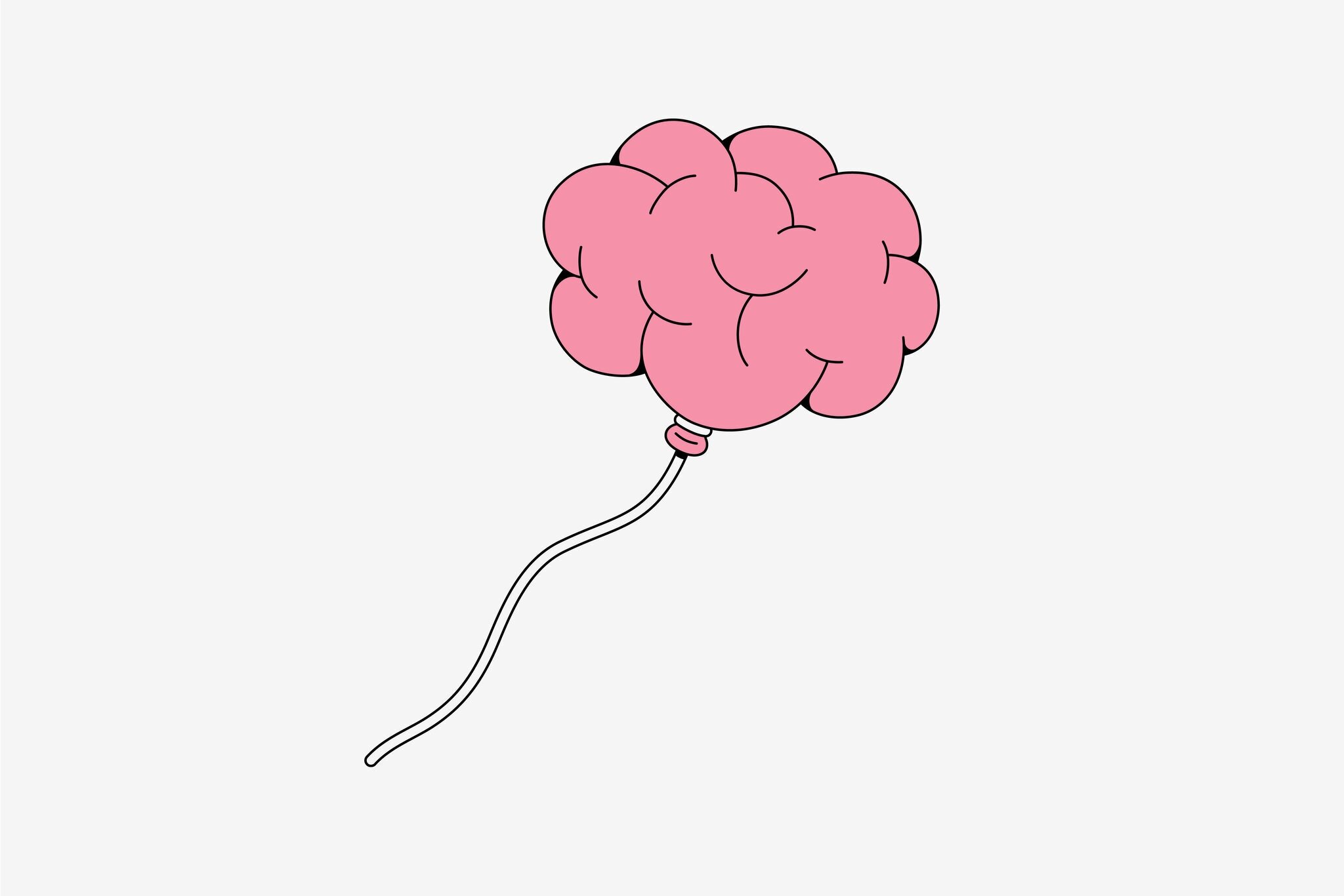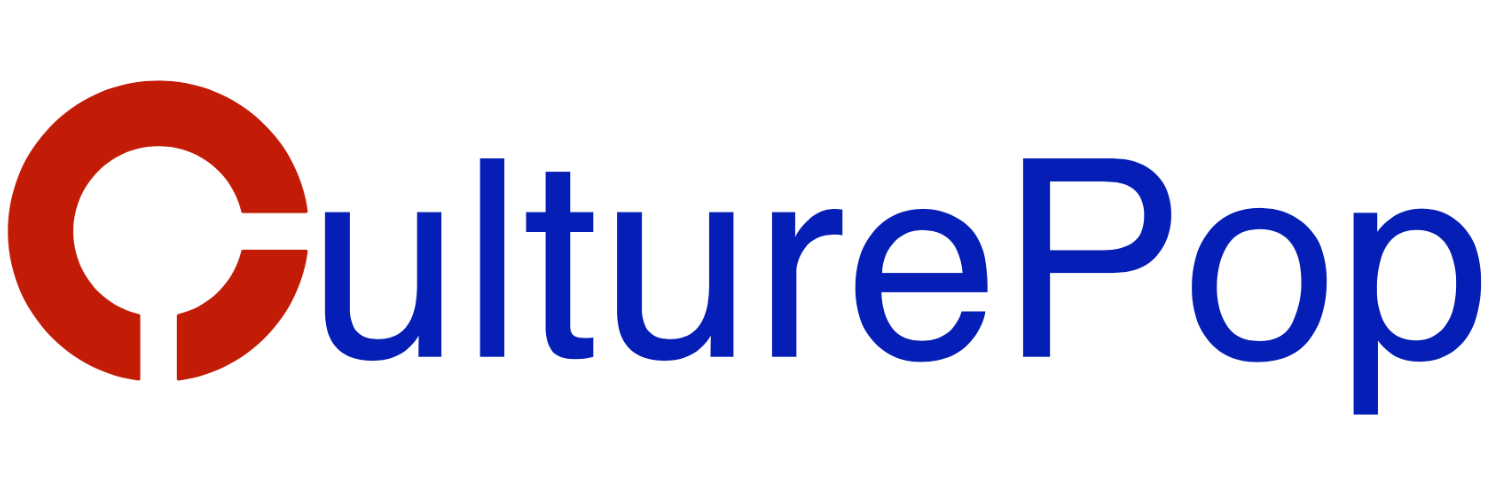
Unconscious Bias: What It Is & 16 Examples to Avoid
The best way to reduce unconscious biases is to become aware of them. Start here with 16 examples of unconscious bias and tips to reduce them.

How to Evaluate Unconscious Bias Caused by Cognitive Biases at Work
How Does Unconscious Bias Caused by Cognitive Biases Hurt You?

The Belonging Bonus
How do we use technology to grow the belonging bonus of any organization, no matter where employees are, and no matter who they are?

How to Encourage Leadership to Create a More Empathetic Workplace
If you feel like your leaders don’t realize that their workplace isn’t truly empathetic, here’s how to get them on board with making changes.

Understanding the Mind
The mind that thinks our thoughts is a pretty special place. But is it distinct from the brain? Is there, in fact, a soul directing our thoughts or are they determined entirely by the output of our biology?

Why Mobile Learning Is Now More Than Just A Nice-To-Have
Mobile learning is becoming prevalent in today’s world. It is the result of the ever-changing era of the digital world. In this article, we will discuss how mLearning has changed the education and training sector.

7 Ways to Remove Biases From Your Decision-Making Process
Think more clearly and make better decisions with these strategies.

The Relationship Between Neural Plasticity and Reading
Learning to read sculpts the brain. This process allows people to acquire skills as complex as the interpretation of symbols.

Why is insight important and how can you have more
Insight can save you lots of work and may even get you to be more productive, creative and effective, but it's seldom included in a job specification or reviewed at appraisal.

Microlearning Is How Work Places Will Succeed Moving Forward
The bite-sized learning module is the new normal. These are some of the best uses and top benefits of microlearning.

How Fonts Affect Learning and Memory
While it may not be obvious to most, text styles likely impact important cognitive processes and might make or break information retention.

What is Guided Thinking Exercise?
We become what we think. The way we think has a surprising ability to guide all our actions. Believe it or not, while a positive thinking and an attitude of gratitude can make us feel better about life, a simple bad thought in the morning can ruin our entire day.

7 Benefits of Microlearning You Need to Know
Do you want your eLearning content to have greater impact? Start by thinking smaller!

You Are What You Think: How Your Thoughts Create Your Reality
There’s a ‘secret’ that all great historical and present thinkers, philosophers, and high achievers have agreed to be a universal truth. This secret revolves around this simple idea: You are what you think.

The Science of Virtual Work
With coronavirus now all but ensuring that teams who can work remotely are doing so, you’ve probably been wondering how that migration will actually happen—and if it’s going to be good or bad for your teams and organization.

How to Let Your Mind Wander
Research suggests that people with freely moving thoughts are happier. Easy, repetitive activities like walking can help get you in the right mindset.

Why Generating Insights is an Important Skill
Insights for Innovation instructors Coe Leta Stafford and Jane Fulton Suri have over 40 years of combined experience helping companies surface human-centered insights at the heart of IDEO’s design research practice. We asked them to share their perspectives on why insights matter.

What is Employee-Level Empathy and What Can Your Company Do to Achieve it?
The importance of empathy within a business context is an emerging trend. So much so, the Harvard Business Review shared the Empathy Index for businesses, which attempts to determine how empathetic your company is and whether empathy levels affect commercial success.

3 Simple Ways to Increase Empathy at Work
Empathy is a great way to climb the career ladder.

Understanding Body Language and Facial Expressions
From our facial expressions to our body movements, the things we don't say can still convey volumes of information.

